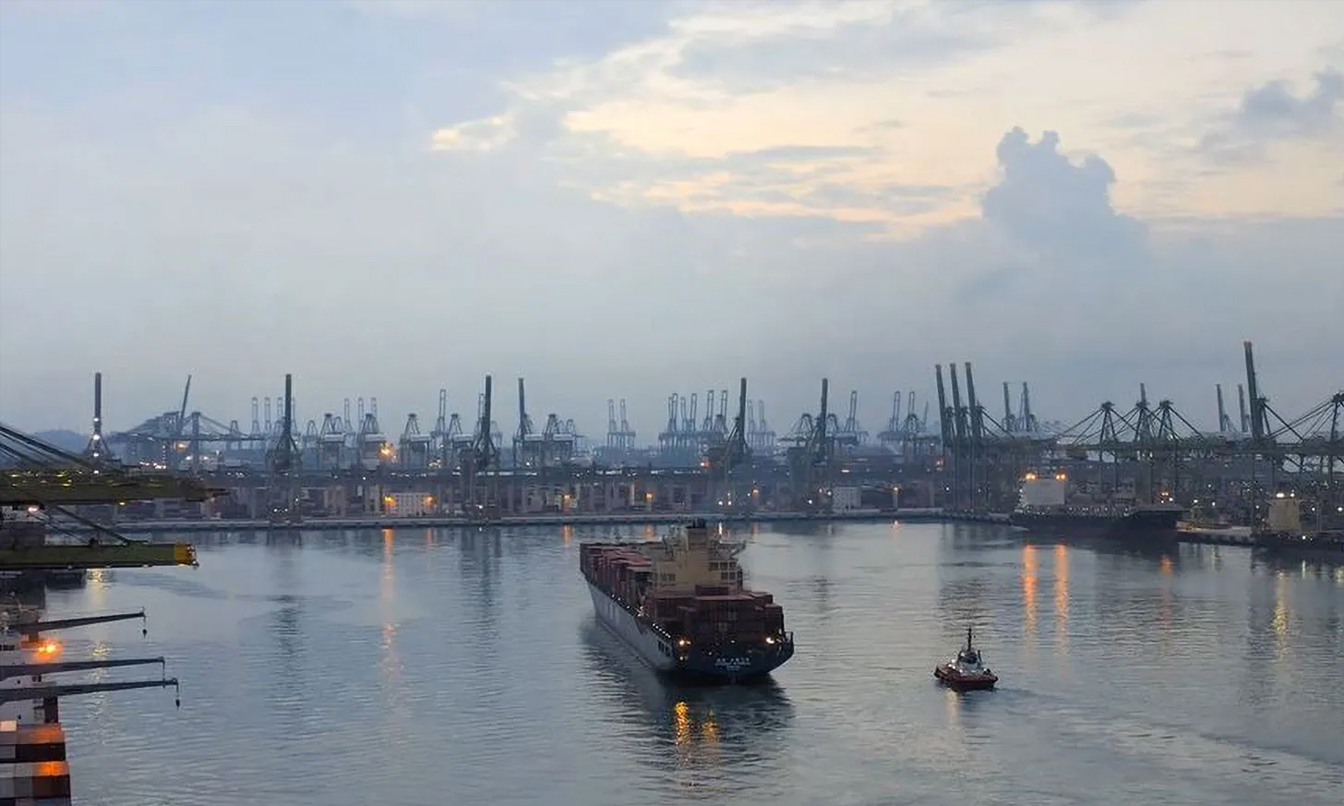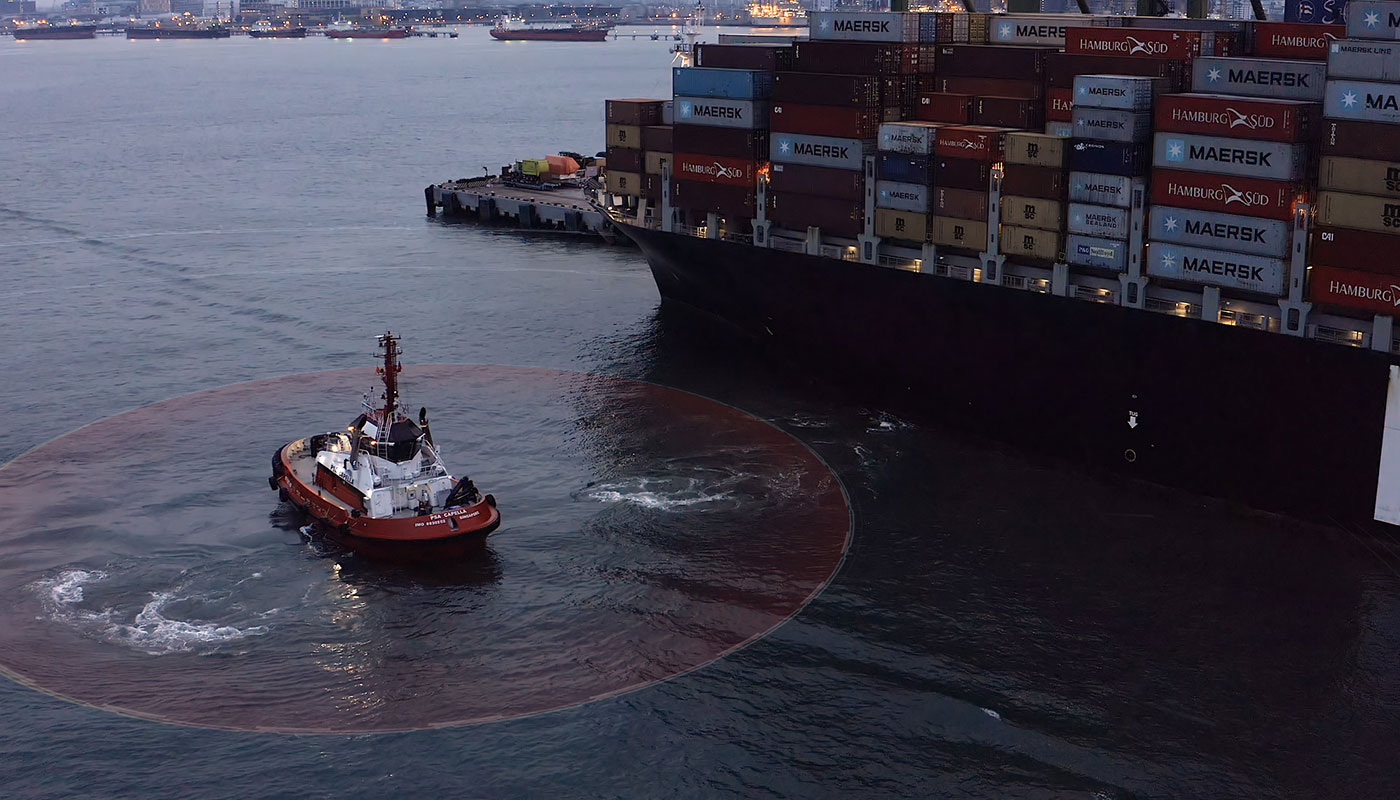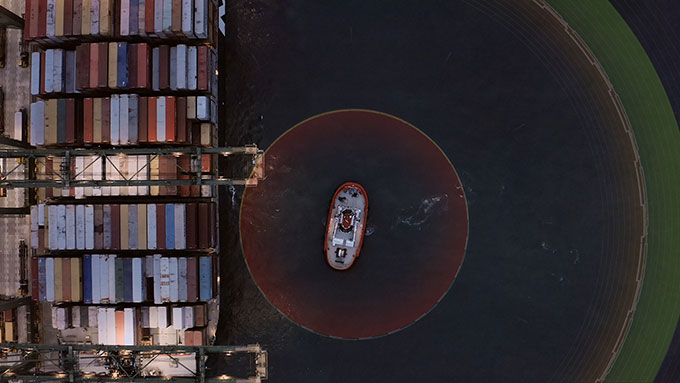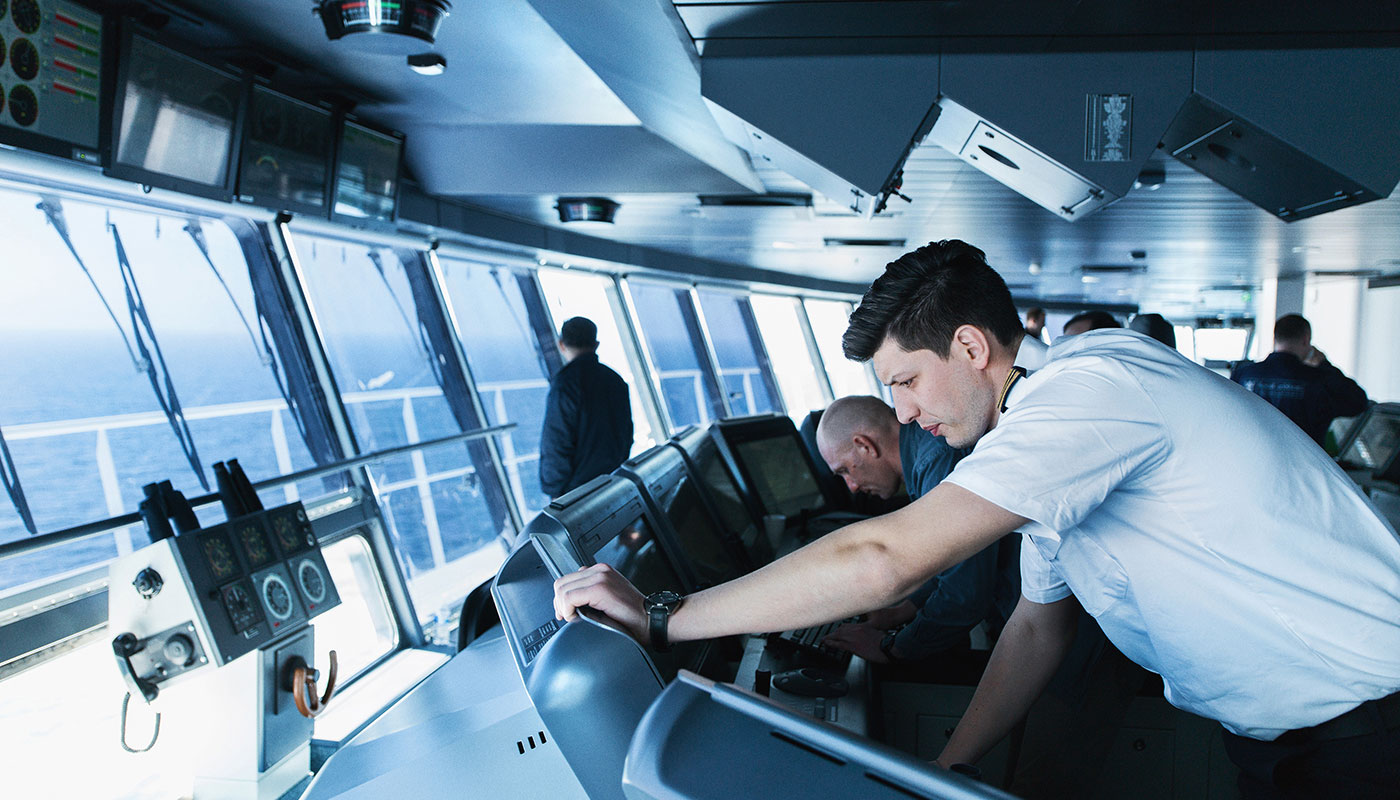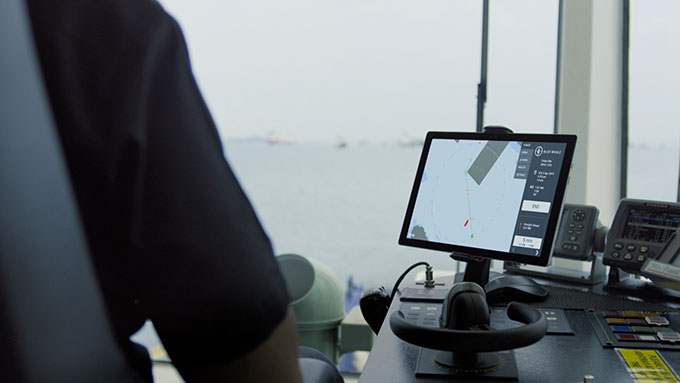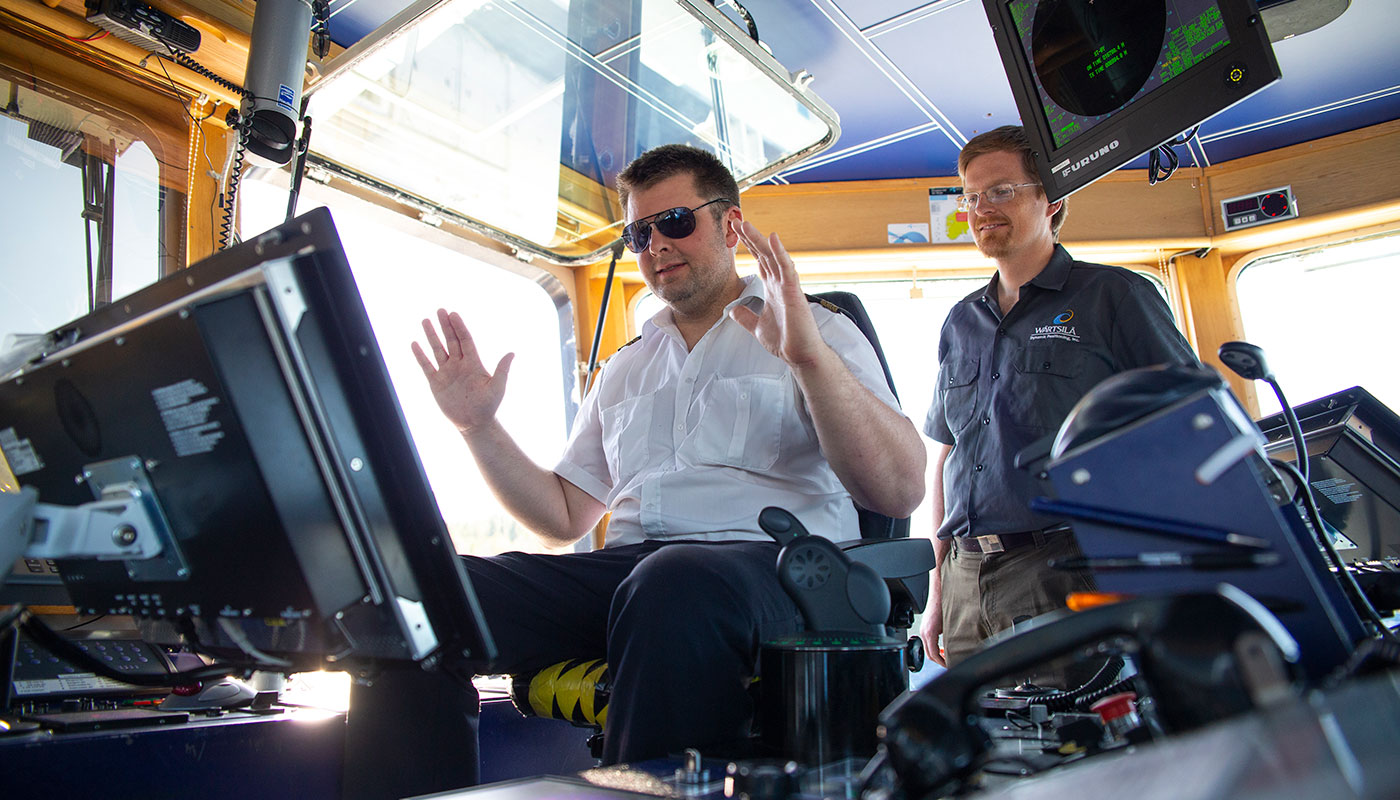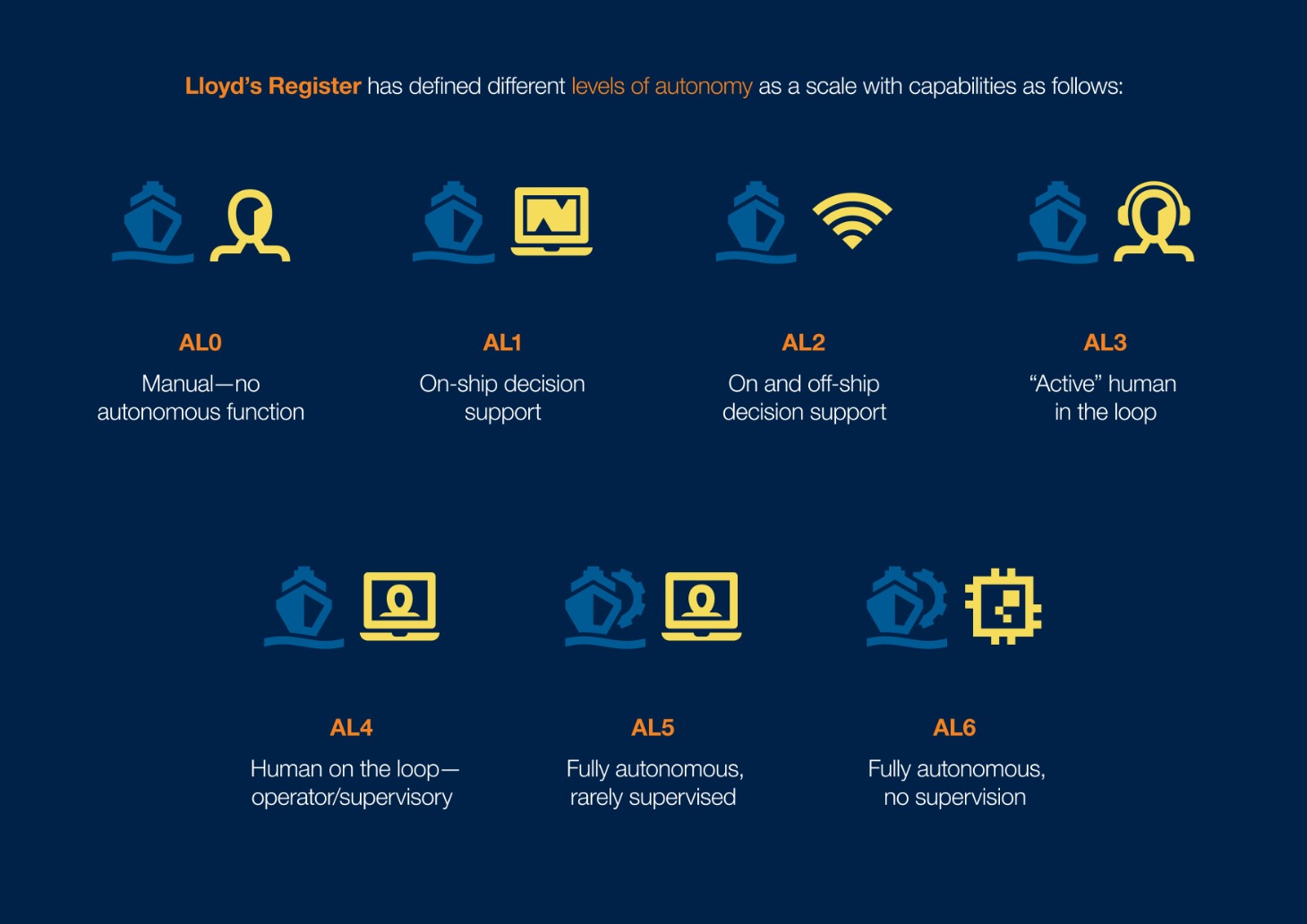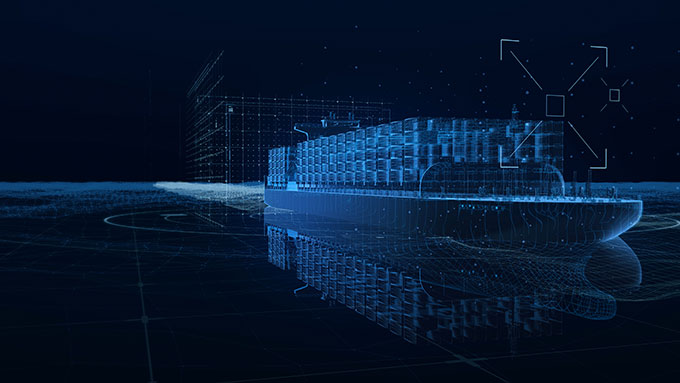The building blocks of smart autonomy
In Wärtsilä Voyage’s view there are three key areas that need to be considered to enable autonomous solutions
Very often these build on each other as a solution combines elements of all three areas, but solutions can also exist in just one of these areas, which we will look at later in this paper. To begin, let’s define what each of these areas entails in practice.
